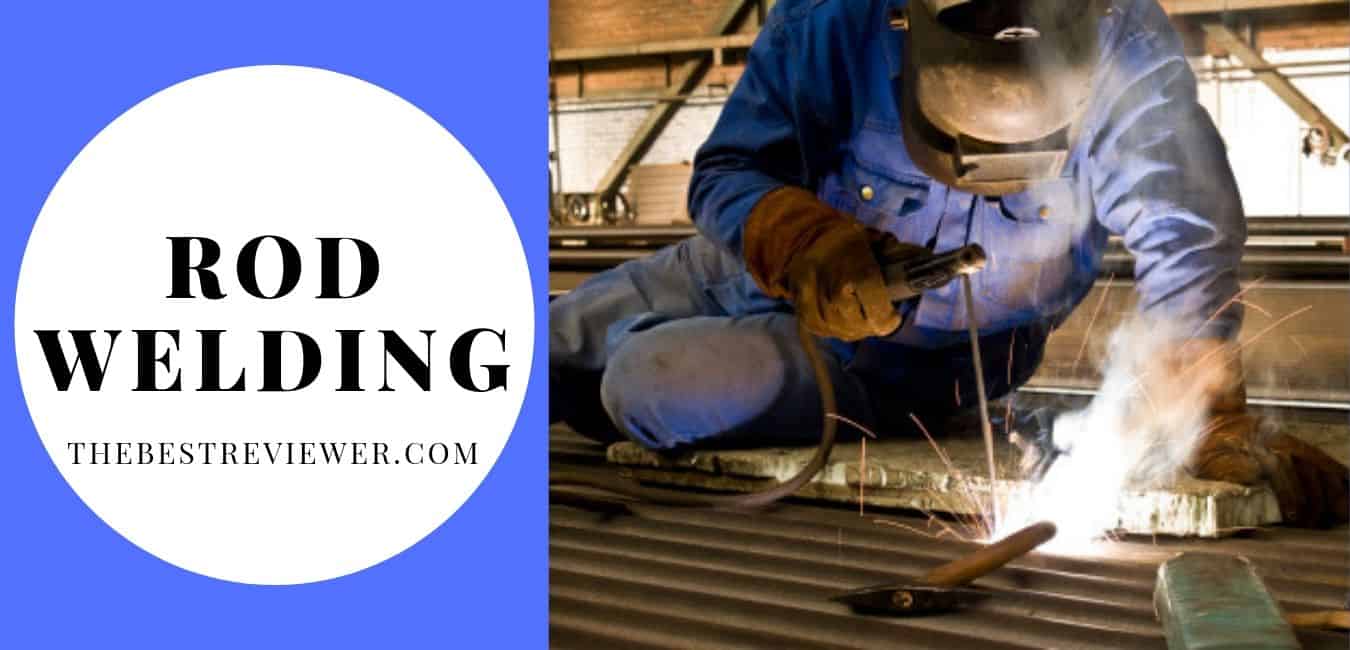There are various types of welding rods used in metal arc welding. These can be classified as bare welding rods, light coated, heavy coated and shielding arc welding electrodes.
The type used will depend on the properties of the weld in question, such as the required strength of a weld, ductility, corrosion resistance, and compatibility with the base metal.
- Let’s read: Under water welding hacks.
Other factors for the choice of welding electrode would include the position the weld is to be made in such as for vertical welding, overhead welding, down hand welding or a combination of all the above.
Bare welding electrodes – Made of wire compositions to suit specific applications. Bare wire welding is limited to welding manganese steel and other processes where a coated electrode is not necessary.
Light coated electrodes – have a very light coating to improve the stability of the welding arc. They are listed under E45 series of the welding electrode identification system. The light coating serves to reduce or dissolve impurities such as oxides and sulphur.
Promotes changes to the surface tension of the molten metal allowing the flow of deposited metal to be more uniform and the arc more stable.
Some of the light coated electrodes produce a slag but it is not as heavy as the shielded arc type.
- You may like: Best Cheap Welder Reviews.
Heavy coated or shielded arc welding electrodes – are manufactured in three general types; those with mineral coatings, those with cellulose coatings and a combination of the two.
Cellulose coated welding rods protect the molten metal pool with a gaseous shield around the arc and deposits a slag over the weld where as mineral coatings forms a slag only deposit.
These types of welding rods are probably the most commonly used and are for welding steel, cast iron and for hard surfacing on equipment such as bulldozer tracks.
These welding electrodes are available in different sizes ranging from 2mm to 6mm in size. Generally the smaller the rod the lighter the work and thinner the metal to be welded. Larger sizes are for welding heavy steel plate and structural steel assemblies.
In the classification of steel arc welding electrodes the welding industry has adopted the American Welding Society (AWS) classification number series as its standard.
- E, indicates the electrode for arc welding
- The first two or three digits indicate the tensile strength in thousands of pounds per square inch of deposited metal
- The third or fourth digit indicates the position of the weld, 0 indicates the classification is not used, 1 is for all positions, 2 for down hand and horizontal use and 3 for flat position only (down hand)
- The fourth or fifth digit indicates the type of coating and type of power supply used for the welding electrode, AC, DC Straight or reverse polarity.
- When the last digit is 0 the type of coating and welding current is to be determined by the third digit, for example an electrode with the number E6010 means, an arc welding electrode with a minimum tensile strength of 60,000 psi it can be used in all positions and uses DC RP (direct current, reverse polarity)
Welding electrodes must be kept dry. Moisture will destroy the make-up of the flux coatings which can cause excessive weld splatter and possibly cause cracks in the welded area.
Welding electrodes can be dried in a suitable oven if the exposure to a damp environment is minimal. Specific ovens are available for drying and storing weld rods, at least without a weld rod oven welding electrodes should always be stored in a moisture proof container.

